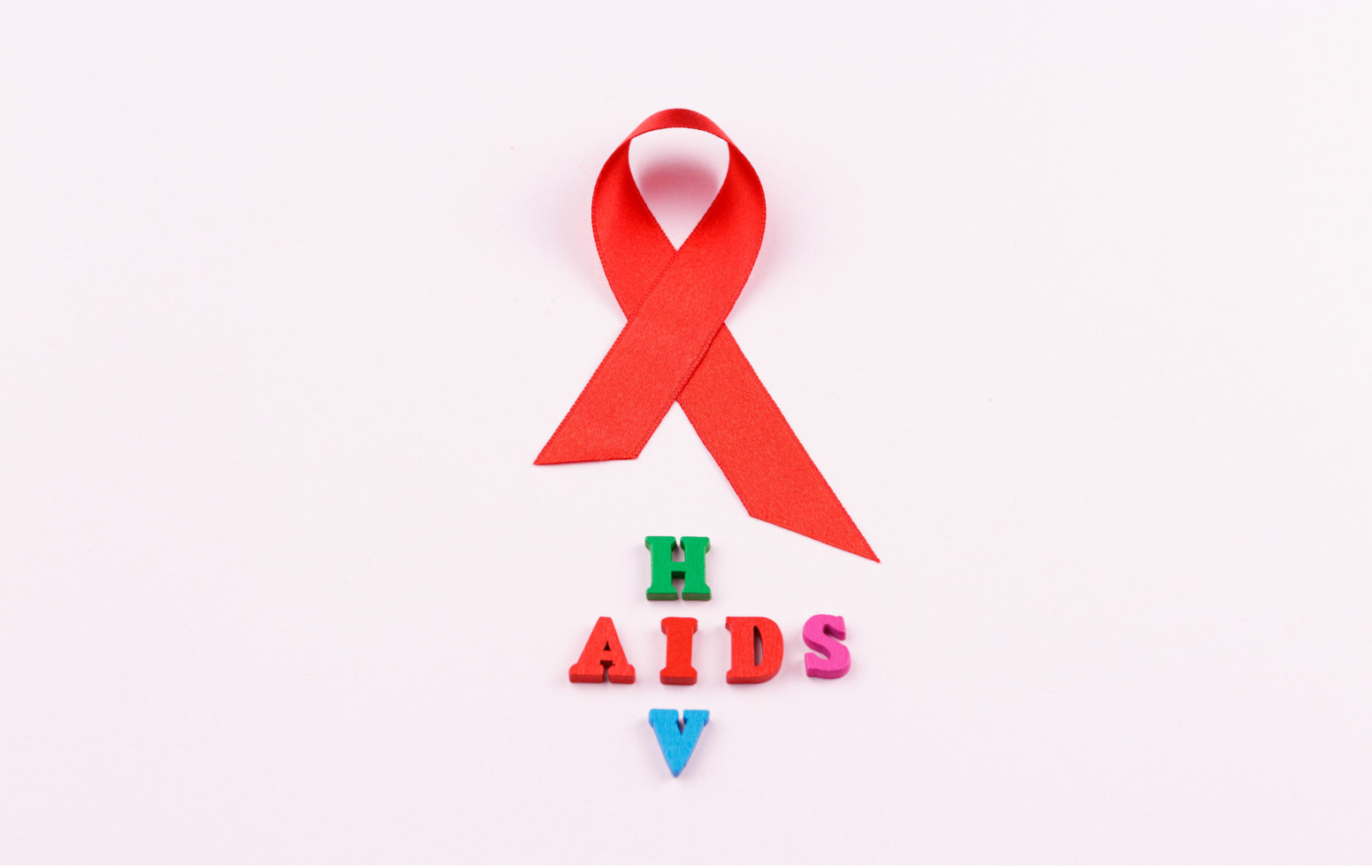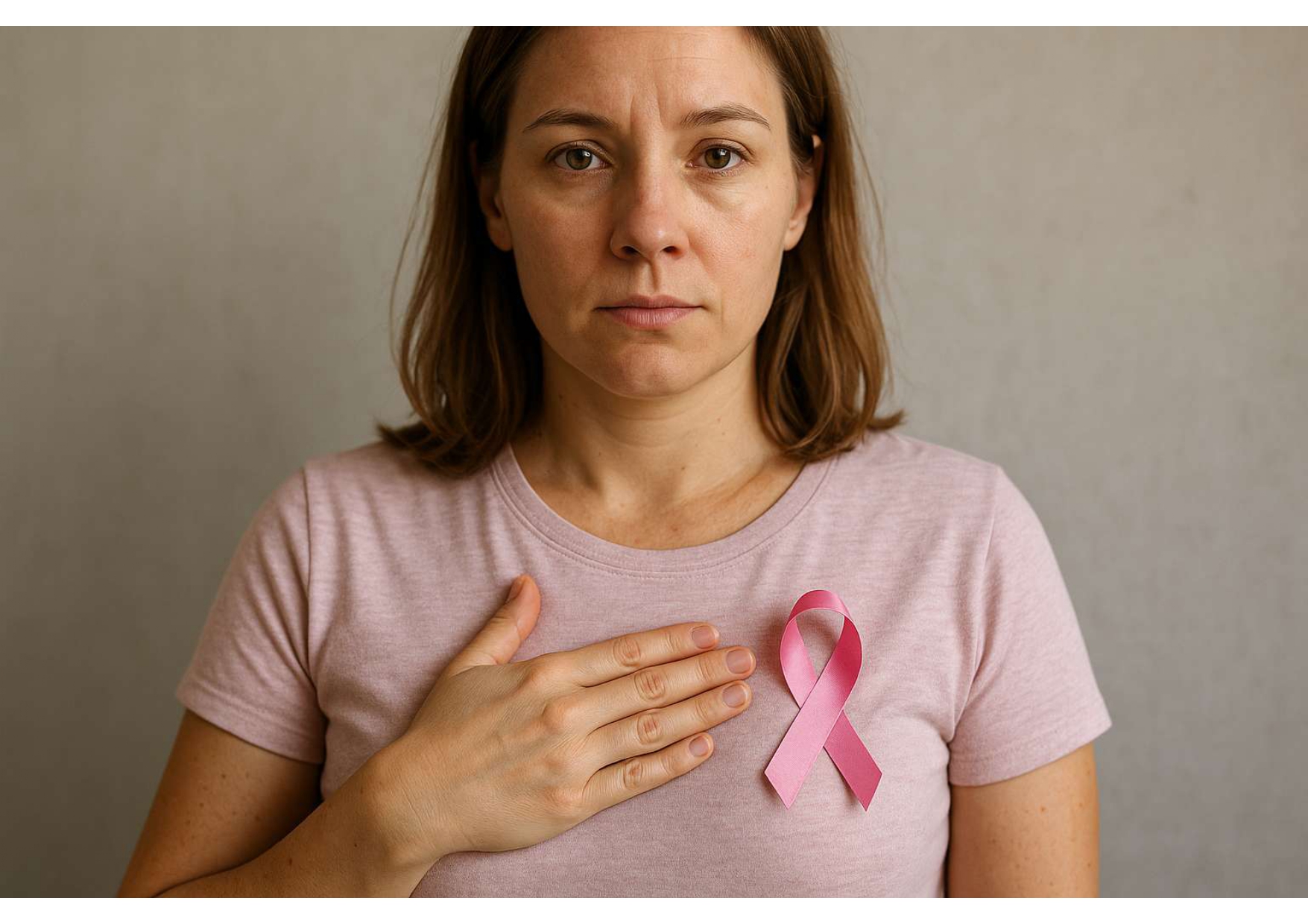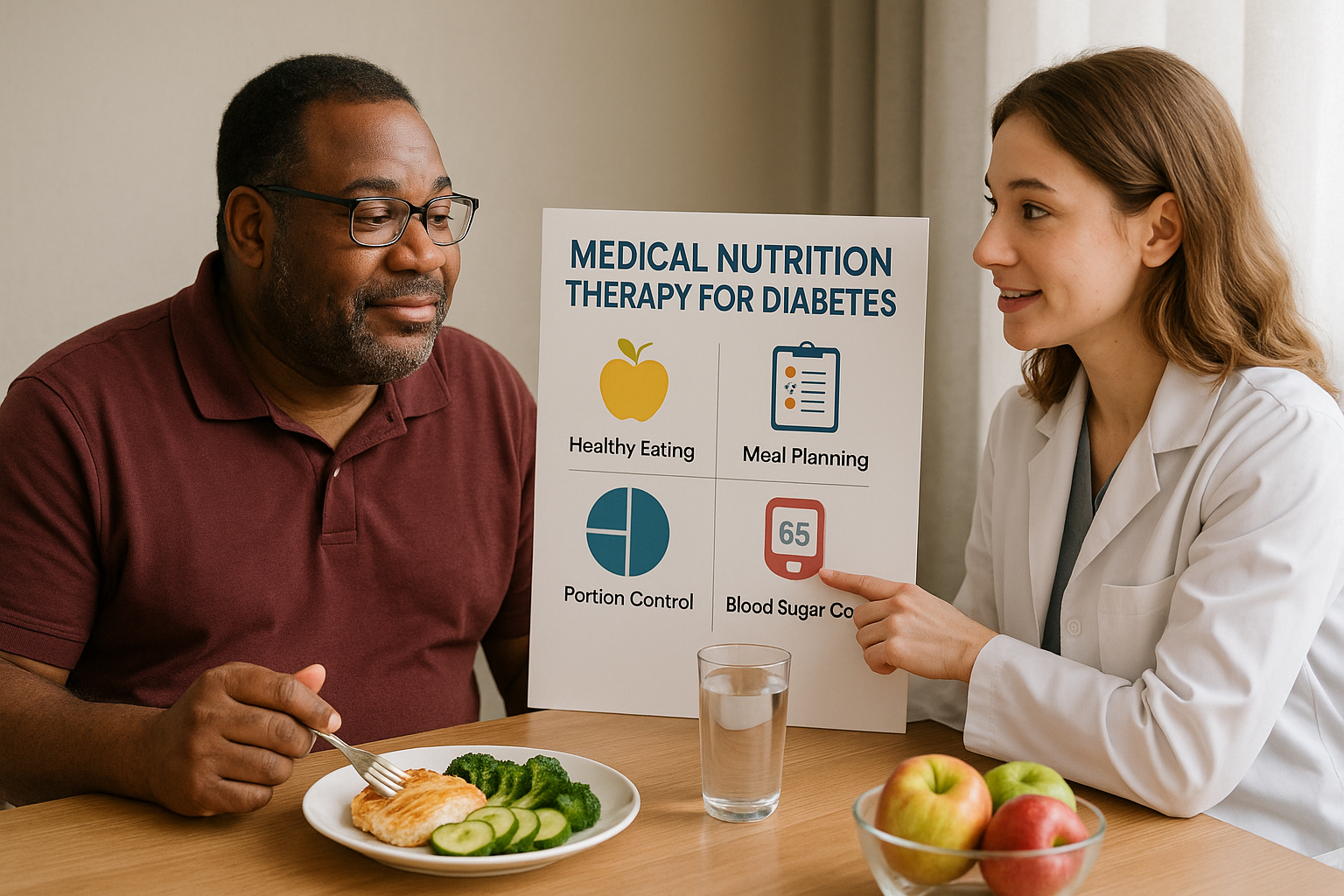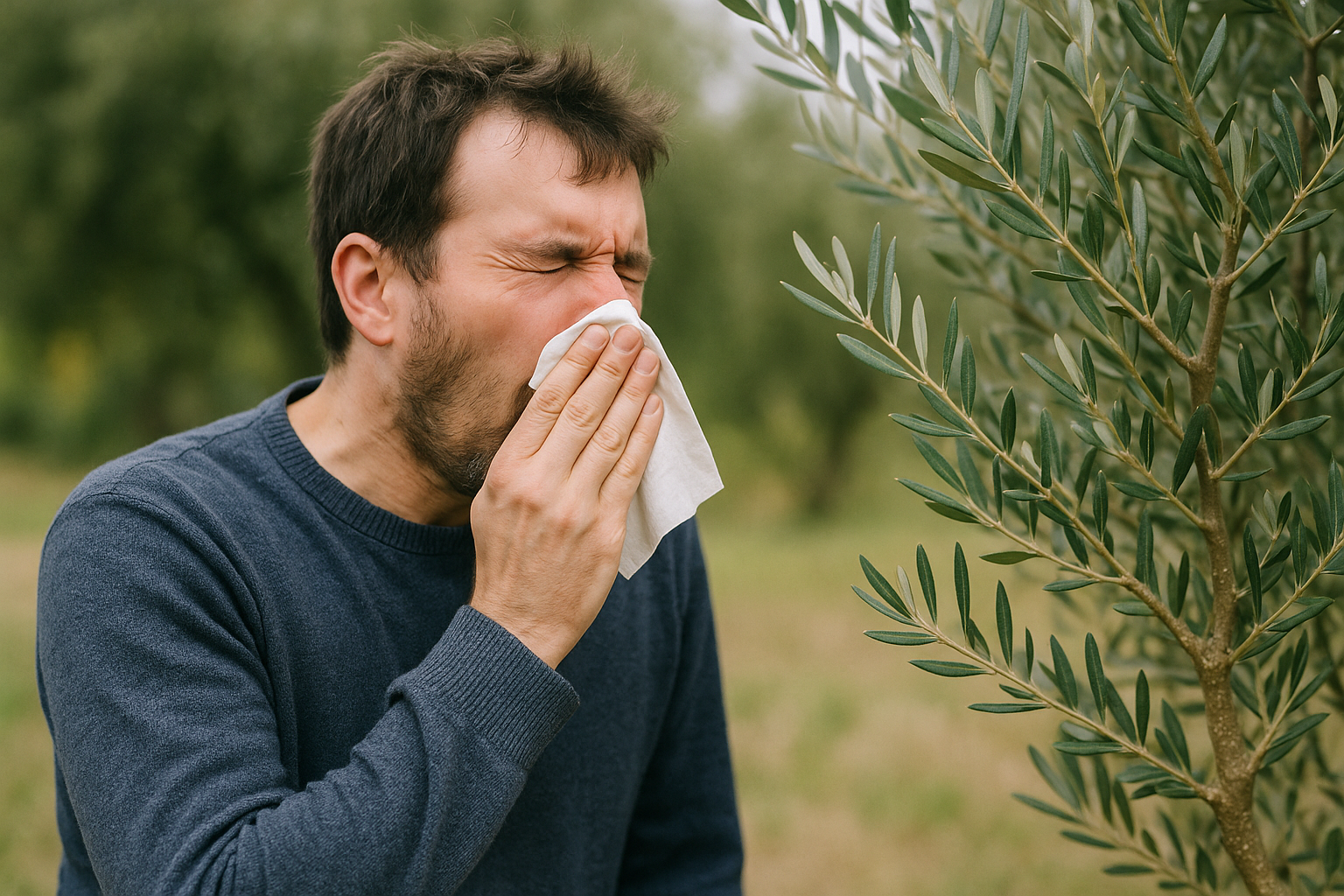AIDS Prevention: Understanding Symptoms, Causes, and Treatment Options
Introduction HIV (Human Immunodeficiency Virus) and AIDS (Acquired Immunodeficiency Syndrome) are significant global health challenges. HIV attacks the immune system, targeting CD4 cells responsible for defending the body against infections. If untreated, HIV progresses to AIDS, the advanced stage where the immune system becomes severely weakened. However, with advancements in medicine and a proactive approach to
AIDS prevention, the spread of this virus can be mitigated, and its progression controlled.
Causes and Risk Factors of HIV
HIV is primarily transmitted through contact with specific body fluids from an infected person. Understanding the modes of transmission is key to effective
AIDS prevention.
Transmission Methods
- Unprotected Sexual Contact: The most common mode of transmission, including vaginal, anal, and oral sex.
- Sharing Needles: Using contaminated needles or syringes during drug use.
- Mother-to-Child Transmission: HIV can pass from mother to child during pregnancy, childbirth, or breastfeeding.
- Blood Transfusions: Though rare in countries with rigorous screening processes, transfusions with contaminated blood can transmit the virus.
Additional Risk Factors
- Other STIs: Having another sexually transmitted infection (STI) can increase susceptibility to HIV.
- Weakened Immune System: Conditions like HIV/AIDS and certain medications make individuals more vulnerable.
- Multiple Sexual Partners: Increased exposure risk.
- Uncircumcised Males: Studies show a slightly higher risk of HIV infection among uncircumcised men.
Recognizing HIV Symptoms
Early recognition of HIV symptoms can significantly aid in
AIDS prevention by promoting timely diagnosis and treatment.
Acute HIV Infection Symptoms
Occurring 2–4 weeks after exposure, these symptoms may resemble the flu:
- Fever
- Chills
- Rash
- Fatigue
- Night sweats
- Swollen lymph nodes
- Sore throat
Chronic HIV Infection
During this stage, symptoms may subside, but the virus continues to damage the immune system. Common signs include:
- Persistent fatigue
- Weight loss
- Frequent infections
- Chronic diarrhea
AIDS Symptoms
As the immune system deteriorates, symptoms become severe:
- Rapid weight loss
- Persistent fevers or night sweats
- Chronic diarrhea lasting over a week
- Red or purple blotches on the skin or inside the mouth
- Pneumonia and other opportunistic infections
How to Prevent AIDS
Effective
AIDS prevention strategies focus on reducing transmission risk and promoting early treatment.
1. Use Protection
Consistently use condoms during all sexual activities to reduce exposure to HIV.
2. Know Your Status
Regular testing for HIV ensures early detection and prevents unintentional transmission.
3. Limit Sexual Partners
Maintaining a monogamous relationship or limiting partners reduces exposure risk.
4. Avoid Sharing Needles
Using sterile equipment for injections eliminates the risk of needle-related HIV transmission.
5. PrEP and PEP
- Pre-Exposure Prophylaxis (PrEP): A daily medication for individuals at high risk of HIV, significantly reducing infection chances.
- Post-Exposure Prophylaxis (PEP): Taken within 72 hours of potential exposure, PEP lowers the likelihood of infection.
6. Treatment as Prevention (TasP)
HIV-positive individuals on antiretroviral therapy (ART) with undetectable viral loads cannot transmit the virus to others.
Natural Support for HIV Management
While
AIDS prevention relies heavily on medical interventions, natural remedies can complement overall health management.
Herbal Remedies
- Garlic: Known for its immune-boosting properties.
- Echinacea: May enhance immune function.
- Astragalus: Supports immune resilience.
- Aloe Vera: Used for symptom relief and immune support.
Supplements
- Vitamin D: Essential for immune health and infection resistance.
- Vitamin C: Helps strengthen the immune system.
- Zinc: Plays a critical role in immune response.
- Probiotics: Support gut health and overall immunity.
Treatment Options for HIV
Managing HIV effectively is vital to preventing its progression to AIDS.
Antiretroviral Therapy (ART)
ART is the cornerstone of HIV treatment, reducing viral loads to undetectable levels and preventing transmission.
Lifestyle Modifications
- Maintain a balanced diet rich in fruits, vegetables, and lean proteins.
- Exercise regularly to boost physical and mental health.
- Stay hydrated to support bodily functions and immune resilience.
Regular Medical Checkups
Frequent healthcare visits ensure early detection of complications and adjustments to treatment regimens as needed.
Living a Healthy Life with HIV
Adopting healthy habits and adhering to treatment regimens empowers individuals with HIV to live fulfilling lives while preventing further transmission:
- Educate Yourself and Others: Awareness is a key element of AIDS prevention.
- Adhere to Medications: ART is highly effective when taken as prescribed.
- Engage in Safe Practices: Always use protection and avoid risky behaviors.
Conclusion
HIV and AIDS are preventable and manageable with the right knowledge and proactive steps. By practicing safe behaviors, embracing preventive measures like PrEP and PEP, and adhering to ART, individuals can reduce transmission risk and lead healthy lives. Pairing medical care with supportive natural remedies and supplements can further bolster immune health. Awareness, early detection, and consistent care are the pillars of effective
AIDS prevention, enabling communities worldwide to combat the spread of this virus and its impact.
References










